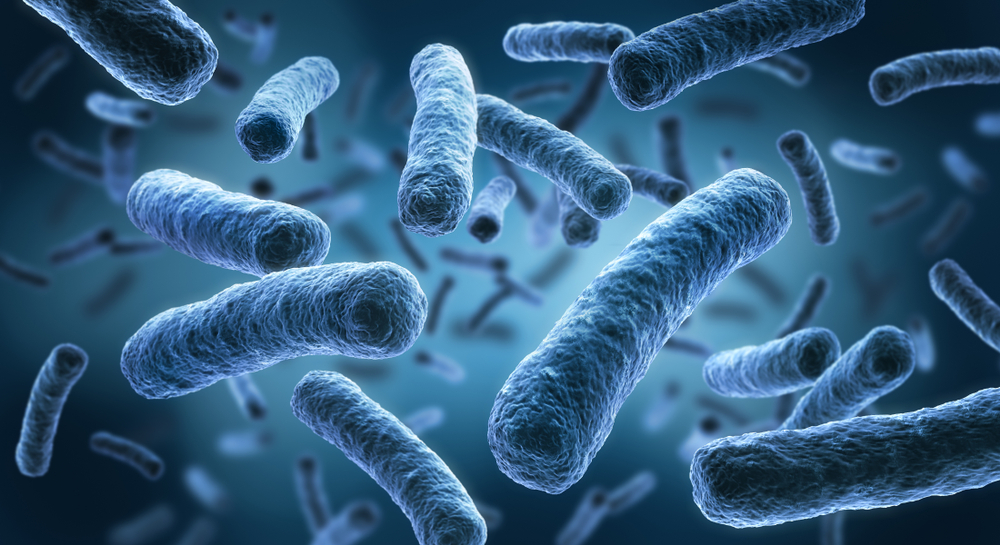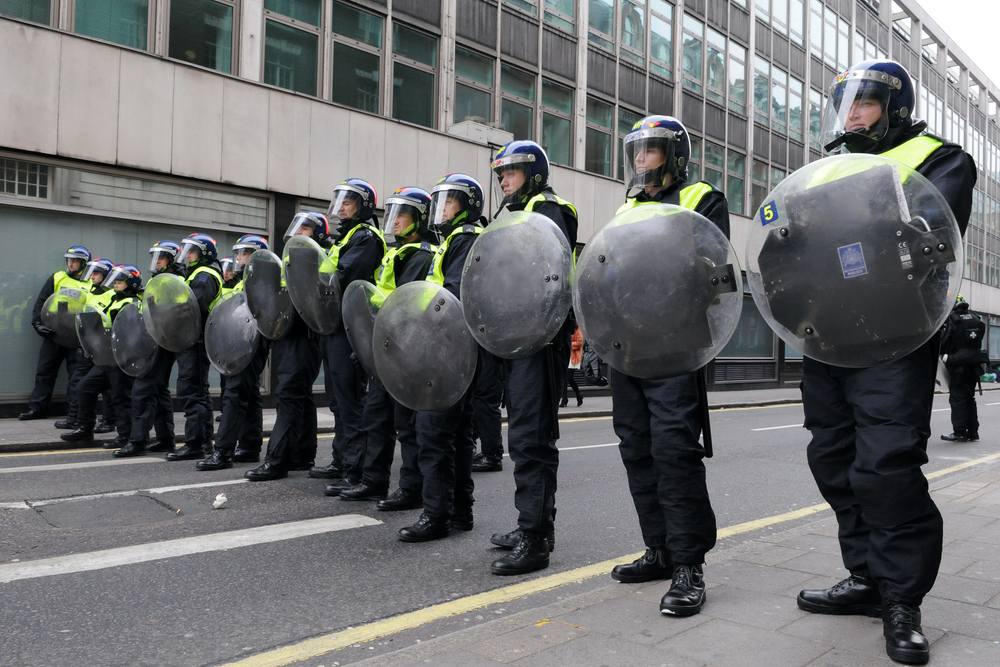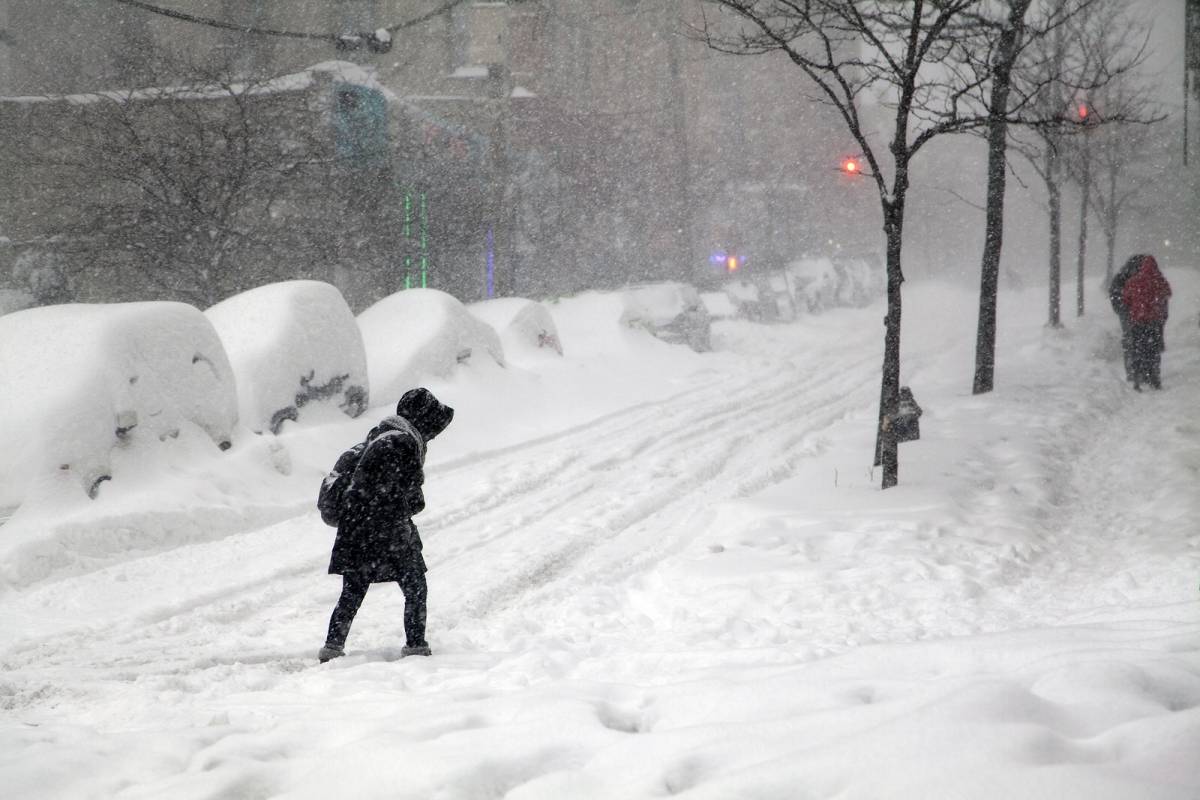Jesus of Nazareth may have had eczema, dermatologists have found.
New evidence that The Lord suffered from the common skin complaint emerged following fresh analysis of The Shroud of Turin, thought to be the old table cloth Christ was wrapped in following his first death.
Dr. Angelo Coiro, Head of Eczema at the London School of Dermatology, was visiting the famous Shroud at the Cathedral of Saint John the Baptist in Turin when he noticed certain
‘irregularities’ in the imprint believed to be the last face of Our Saviour.
‘Christ’s face showed some of the typical signs of atopic eczema,’ he said. ‘So I obtained permission to take The Shroud back to our lab for further tests and discovered microflakes of skin embedded in the holy material – flakes that could only have come from eczema-prone skin.’
This variety of eczema tends to be hereditary and there is no evidence that Mary had the disease, which suggests God himself may have had atopic dermatitis.
The condition is characterized by rough and raw skin that weeps blood and causes extreme itching, which may explain why Nazarene was often dressed only in his underpants.
It is also believed that he may have spent forty days and forty nights in the desert, in the
so-called Temptation of Christ, so he was alone and free from people telling him to stop scratching His eczema.
However, the findings have been met with scepticism and the Church was keen to dismiss the claims.
‘Our Lord Jesus Christ turned wine into water, cured lepers and raised Lazarus from the dead. It is unlikely that he was unable to treat what seems like a straight-forward case of eczema,’ a Vatican spokesman said.
































